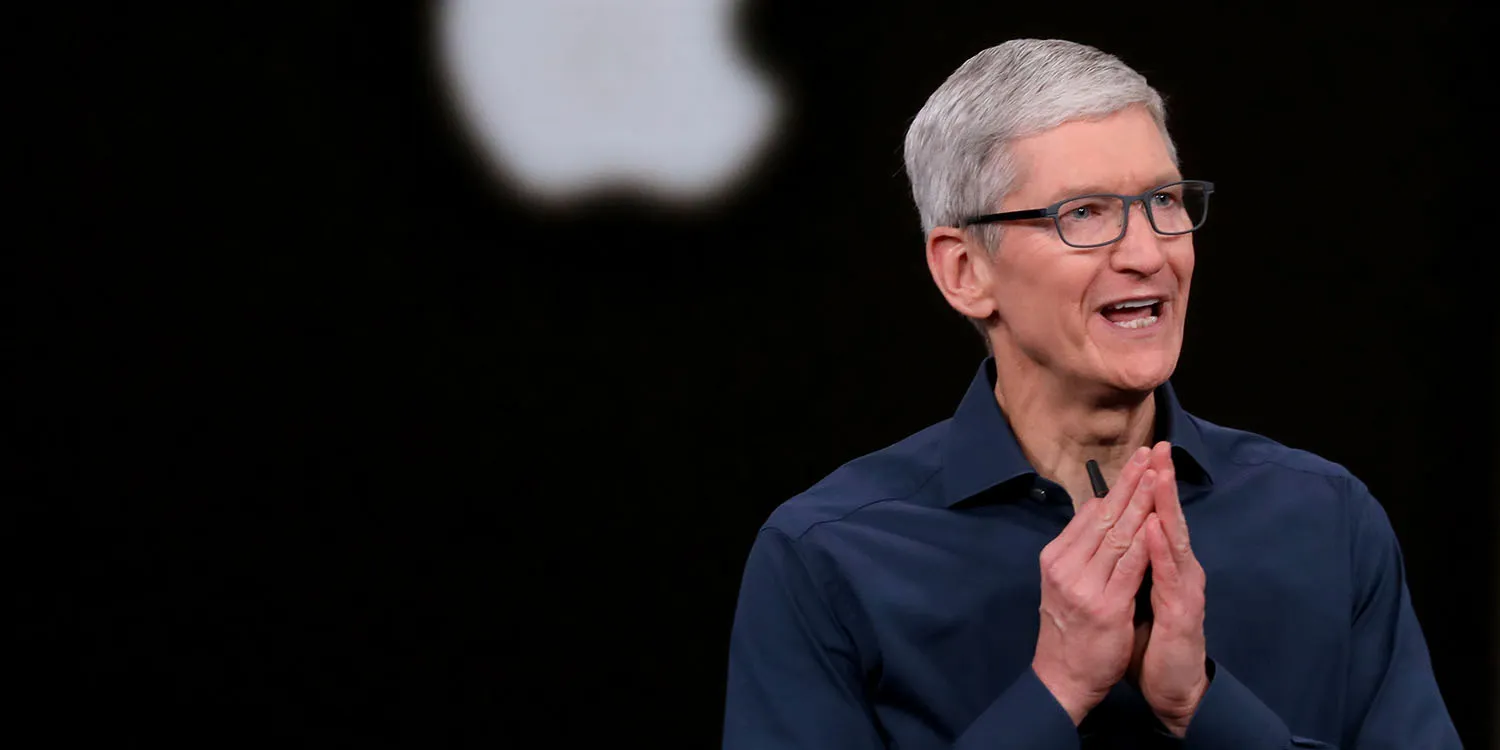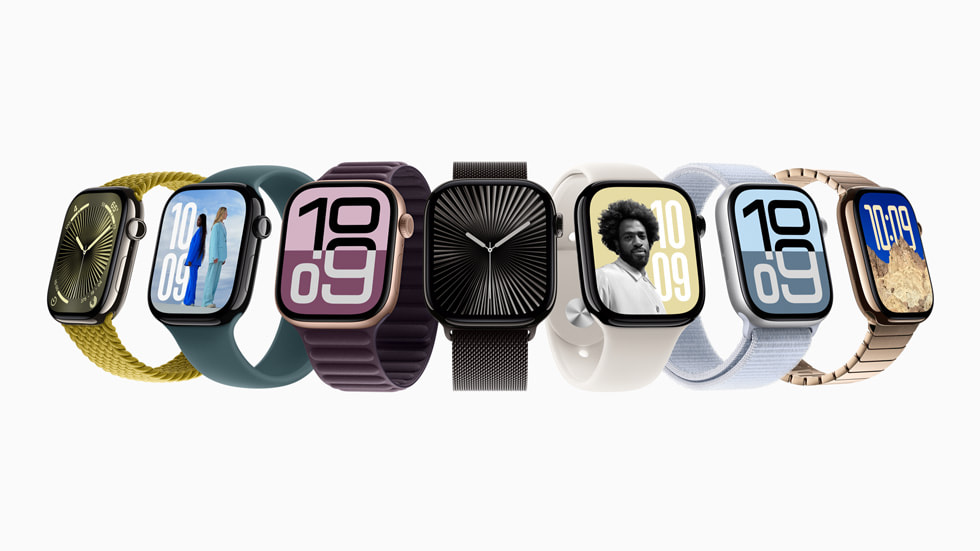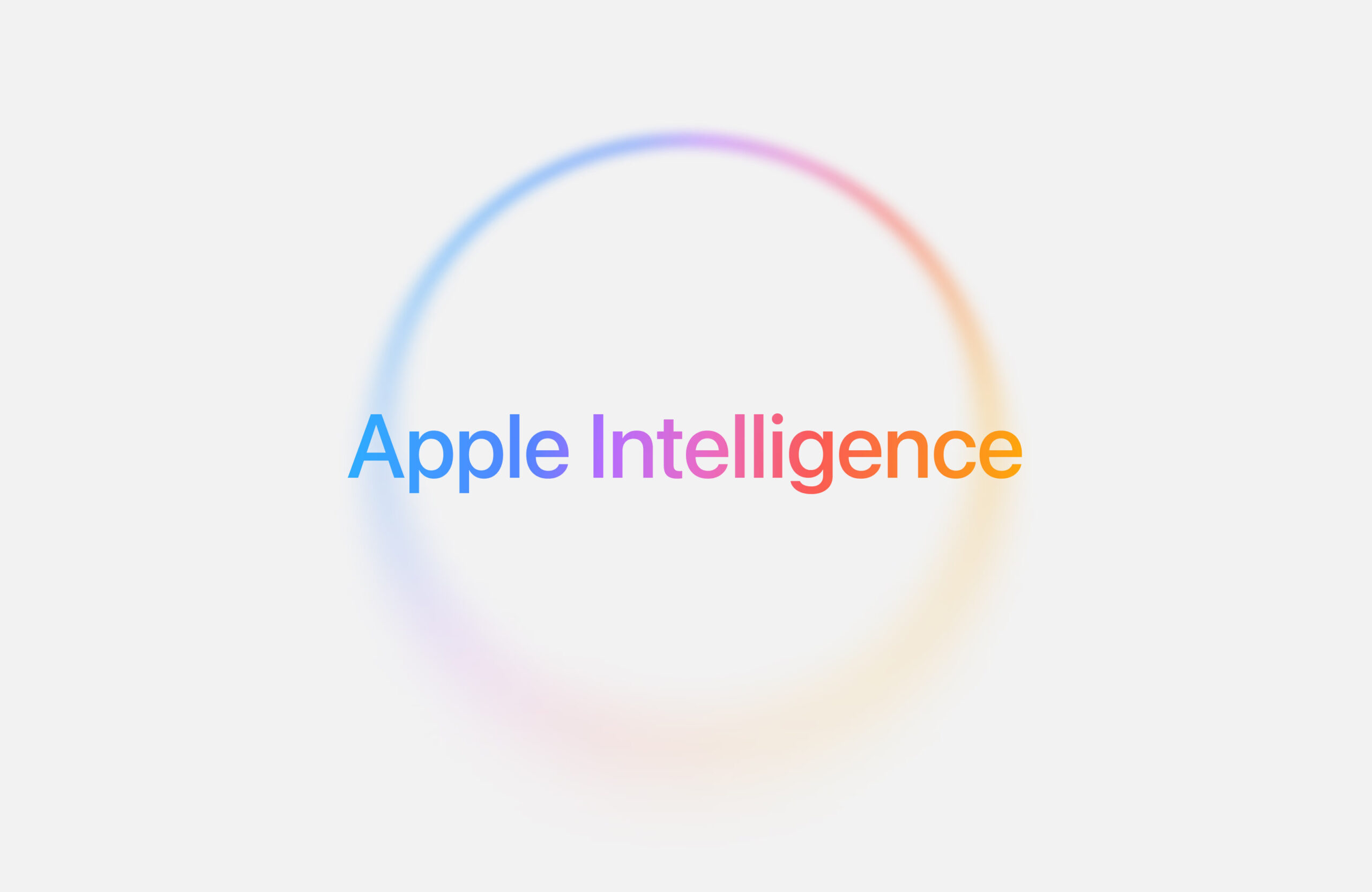Apple Watch Sales Decline
For two years, Apple Watch sales have been falling worldwide, according to recent data. The smartwatch, once a must-have gadget, is losing ground to competitors offering similar features at lower prices. Experts suggest Apple needs to introduce exciting new features to win back customers.
Ideas like better health tracking, such as blood pressure monitoring, or a fresh design could help. Without these changes, Apple risks falling behind in the fast-moving wearable tech market. The company’s focus on small updates hasn’t been enough to keep users hooked, and many are choosing other brands that feel more innovative or affordable.
Epic Games’ Fight with Apple
Meanwhile, Epic Games, the company behind Fortnite, has spent over $1 billion battling Apple’s App Store rules, says CEO Tim Sweeney. The five-year legal fight challenged Apple’s control over in-app payments, costing Epic millions in legal fees and lost iOS revenue.
Despite the huge price tag, Sweeney believes it was worth it to push for a fairer app market. The recent court ruling forced Apple to allow developers to link to external payment options, a win for Epic. This could bring Fortnite back to iPhones and reduce Apple’s 30% fee on app purchases, benefiting developers and players alike.
Looking Ahead
Apple faces challenges on two fronts: reviving the Apple Watch with bold new features and navigating a shifting App Store landscape. Both situations highlight the need for Apple to adapt to stay competitive in tech and gaming markets.






